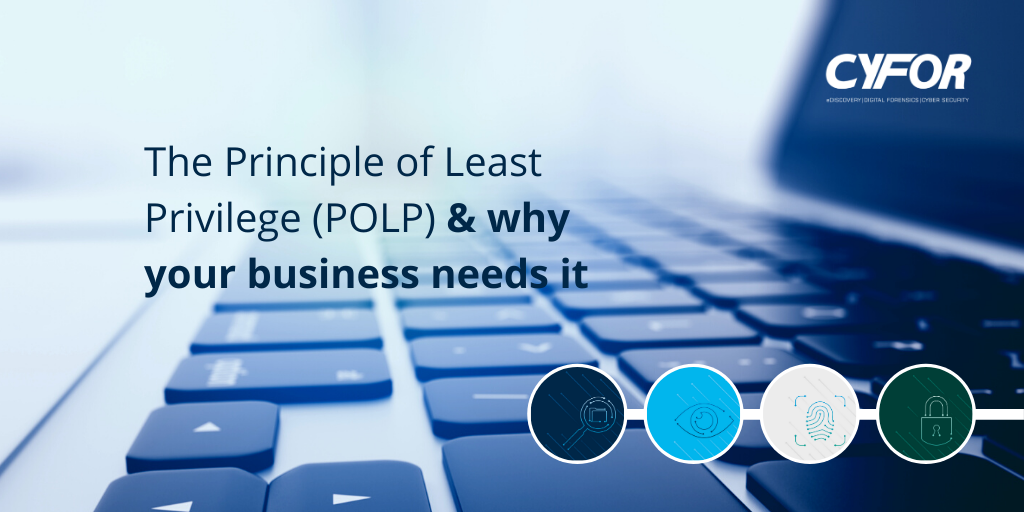

Your security program should integrate both frameworks. You shouldn’t think of zero trust versus least privilege. Where least privilege stands out, however, is the ability to minimize the attack surface with its well-defined access control policies. Both frameworks also involve a limited trust layer to decrease the risk of external threats. Separately, the two security frameworks offer solid protection for data and the network.īoth frameworks operate on the same overarching principle: protect access points and implement strict levels of access control. The least privilege approach focuses on authorizing access permission to only those identities that require it for job functions. Zero trust emphasizes the “never trust, always verify” approach to security. A thorough and accurate inventory of the organization’s IT infrastructure, with complete knowledge of where any and all resources reside.Less opportunity for a threat actor to move laterally throughout the network infrastructure.Better visibility into overall user activity.Using a zero-trust architecture lowers your organization’s risk level in the following ways: Monitoring and maintaining the environment.Within a zero-trust architecture, all identities must go through a strict authentication and authorization deployment model that Kindervag set up. Kindervag created the zero trust concept to address a problem he noticed as organizations migrated to the cloud – too many unchecked users with access to accounts, leading to an increased risk of data breaches. The framework was first introduced in 2010 by John Kindervag, who was a principal analyst at Forrester. Zero trust focuses on protecting resources (assets, services, workflows, network accounts, etc.), not network segments, as the network location is no longer seen as the prime component to the security posture of the resource.” “Zero trust is a response to enterprise network trends that include remote users, bring your own device (BYOD), and cloud-based assets that are not located within an enterprise-owned network boundary. “Zero trust assumes there is no implicit trust granted to assets or user accounts based solely on their physical or network location (i.e., local area networks versus the internet) or based on asset ownership (enterprise or personally owned),” according to NIST. Zero trust is a security approach where everything must be verified and nothing-no user, no device, no application-is trusted by default. Allows the organization to track user behavior.Reduces the attack surface, decreasing the risk of cyber attacks or malware spread.Helps the organization to show compliance to federal and industry regulation requirements.Decreases the threat of data breaches and credential theft.Using principles of least privilege lowers your organization’s risk level in the following ways: This opens up more opportunities for non-privileged users to gain access to critical systems or data through human error, vulnerabilities, or misuse. However, too often privileges aren’t revoked after they are no longer needed (i.e., a user changes jobs or the function of the non-human identity is completed) or access privileges are assigned to too many users. Privilege is attached to human users and non-human identities and is most often assigned based on the user’s job duties or the non-human identity’s role within an application. The principle of least privilege focuses on access control and setting up minimal access privileges for every user and identity. Least privilege limits the number of identities with access to networks, applications, data, programs and processes to only those who require access.
Concept of least privilege how to#
Least privilege principles and zero trust architectures are two cybersecurity frameworks that focus on how to get the strongest security and the best worker production while instituting tighter control over who is allowed access to resources and what users and resources are trusted with authorization.

The best cybersecurity practices most often depend on doing more with less – less access permissions and less trust.


 0 kommentar(er)
0 kommentar(er)
